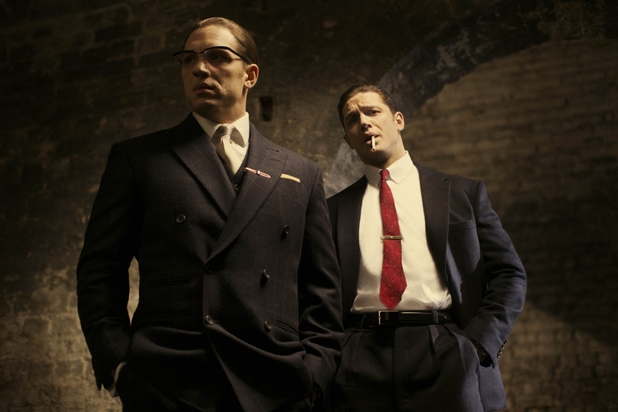Legend: what real life crime films reveal about popular culture
In Epping forest, a horse race between Reggie and Ronnie Kray ends in a violent display of bad sportsmanship. “He felled it with one almighty blow,” Tom Mangold described in the Times, referring to Reggie’s horse that Ronnie lost to. This rather unorthodox reaction reflects the personalities of the Kray twins, the infamous leaders of “The Firm”, a London gang which oversaw a large network of organised crime in the 1960’s East End. The unpredictable and explosive brothers, with Ronnie dying in 1995 and Reggie in 2000, have been cast back into the spotlight by new film Legend, releasing this September, which follows their path to becoming notorious gangsters, with Tom Hardy portraying both figures. Mangold complimented his performance (or performances), describing them as “uncannily accurate.” The film depicts them as sharply dressed gentlemen, with one image showing them shrouded in cigarette smoke as they cruise through the streets in a leather seated car.
Having both been given life sentences in 1969 for crimes including murder, robberies and arson, the twins have understandably attracted much notoriety for their actions. John Pearson, author of The Profession of Violence, a biography of the twins which Legend was adapted from, once wrote that the word Kray is an “accepted shorthand for the quintessential British gangster.” Legend’s tagline is “Brothers. Gangsters. Icons,” which makes clear the film’s intent to glamorise the twins and their violent actions. This is supported by Brian Helgeland, the film’s director, who recently told the Guardian in an interview that the “Krays were glamorous guys” and that “they're the heroes of the film.”
However, Helgeland also argued that he “didn't invent the glamour that goes with them.” This reflects the description of the Krays from Mangold, who wrote that they “remained immutably Fifties” with “heavy dark suits” and “Windsor knotted ties.” They were famously photographed with a number of entertainers in their chain of nightclubs, including Frank Sinatra and Judy Garland, with Mangold recalling that the latter was “so full of life” while being “so close to death.” The glamorous lifestyle and appearance of the Krays, as displayed in Legend, sharply contrasts with “the fear inducing persona” of Ronnie Kray, as described by Jacky Hyams in her book Frances: The Tragic Bride. Hyams writes of the “complicated and scary situation” that Frances Shea, the young wife of Reggie, was put in. As Hyams puts it, the twins were “intense and possessive by nature” and Shea’s diary revealed Reggie’s kept a large array of weapons beside their bed.
The wide ranging influence of the film industry, in particular Hollywood, has become a concern to some, with President Obama reflecting in a speech at Dreamworks Studios in 2013 that “when it comes to issues like gun violence, we’ve got to make sure that we’re not glorifying it.” Voicing the worries of many, his comments shed light on a wider issue. Legends such as the Kray twins and Jack the Ripper are being separated from their bloody, murderous histories. It is worrying that many who see Legend next month, won’t be aware that, according to Bradley Allardyce, a prison confidant of Reggie Kray, Ronnie forced Frances Shea to take the pills that led to her death. The concern is that romanticism may begin to shroud the truth and clarity behind these stories.



Comments
Post a Comment